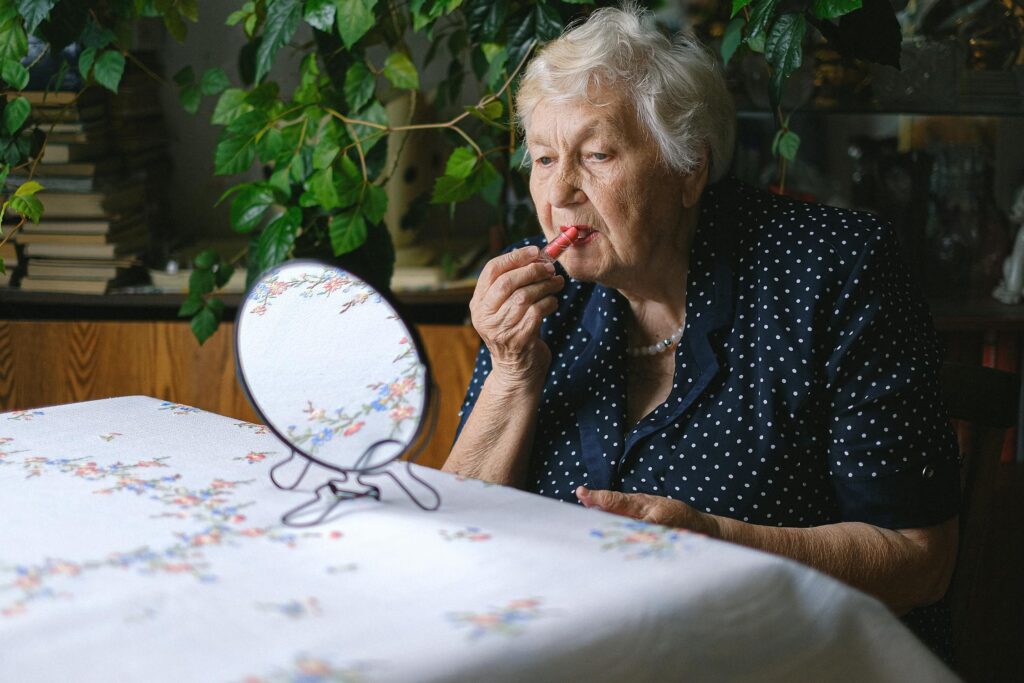Creating a safe and comfortable living environment is essential. It provides a sense of security and well-being for individuals with dementia. A well-designed living space can help reduce anxiety, increase independence, and promote a better quality of life.
It’s also a good idea to get professional support with private dementia care to help maintain a comfortable living situation. A compassionate and highly qualified Caregiver who specializes in the unique needs of every client can make all the difference.
Removing Fall Hazards
Firstly, let’s talk about decluttering not just the physical space but also the mental one. By removing potential hazards – those stumbling blocks, both physical and metaphorical – we’re laying down a foundation of safety.
Picture walkways free from obstacles, secure rugs underfoot, and the gentle guidance of handrails where needed. Adequate lighting will minimize the shadows that could cast doubt in the mind of a person with dementia.
Getting the Right Modifications
Before you embark on the long and challenging journey of adding modifications, consider consulting with professionals. An occupational therapist or a skilled interior designer can provide insights into crafting a space that synchronizes seamlessly with the unique needs of dementia.
Think of the kitchen as a puzzle; each item has its place, easily accessible and understandable. Labels can guide your loved one through the melody of daily life. Safety features can prevent accidents.
In the bathroom, grab bars and non-slip mats work together, ensuring a secure setting. Contrasting colors, like a spotlight, illuminate essential fixtures, making them stand out.
And in the bedroom, the bed needs special focus from you. It’s height needs to be perfect. There should also be no fall hazards here. Keep it simple.
Creating an Engaging Sensory Environment
People with dementia often experience sensory changes, including alterations in perception and sensitivity to their surroundings. Creating a calming and engaging sensory environment can help reduce agitation and promote a sense of well-being.
- Take advantage of natural light to regulate sleep patterns.
- Incorporate familiar scents.
- Play music to evoke positive memories and emotions.
- Use soft tactile objects to promote sensory stimulation.
Incorporating Memory Aids
Adding memory aids and reminders into the living space can help your loved one:
- Use a large wall calendar or whiteboard to keep track of important dates.
- Label drawers and cabinets with pictures or words.
- Install clocks with large, easy-to-read numbers.
- Display photographs of family and friends.
- Create memory boxes filled with meaningful objects.
Seeking Guidance, Embracing Support
Creating a safe haven requires a team, professionals who understand the nuances of dementia. Occupational therapists, interior designers, and dementia care specialists can offer critical advice.
It’s About Being Thorough
In conclusion, creating a dementia-friendly haven is a testament to your thoroughness and care. It’s a commitment to understanding, adapting, and providing unwavering support. With each modification, you’re creating a haven of comfort, independence, and security.
Please seek professional guidance, nurture communication, and stay patient as you manage dementia. In doing so, you’re not just transforming a living space – you’re crafting a place of care, a testament to the enduring power of love from family in the face of dementia.
